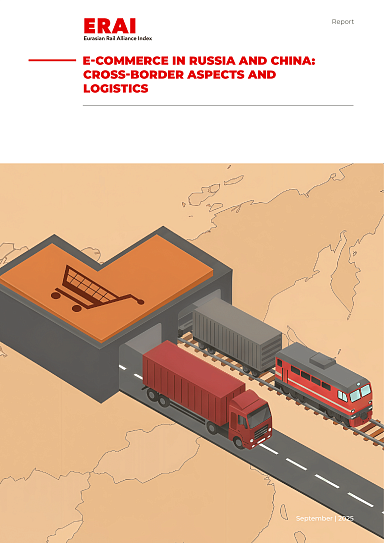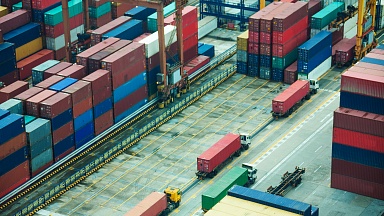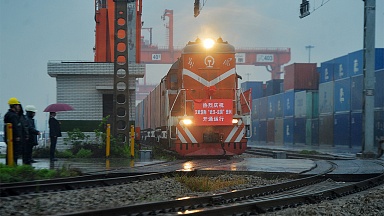China dominates the e-commerce market, accounting for 52.1% of global e-commerce sales. According to research by Data Insight, China is expected to reach $2.5 trillion in sales by 2024, more than twice that of the United States. Mordor Intelligence estimates the size of the Chinese e-commerce market to be approximately $1.53 trillion, with a compound annual growth rate (CAGR) of 10.42%. By 2030, the market is projected to be worth over $2.52 trillion. The discrepancy in estimates is due to differences in methodology: some sources include cross-border trade and digital services as well as all marketplace sales in their calculations, while others focus primarily on the domestic B2C segment.
In 2024, the Russian e-commerce segment exceeded $100 billion in sales for the first time, reaching a record $121 billion (11.2 trillion RUB) and putting Russia in sixth place among the leading countries in e-commerce retail. The share of online purchases in retail in Russia is 20.3%. According to this indicator, Russia is ahead of Turkey (16.6%), the United States (16.3%), and Japan (14.7%), but behind China (36.8%), Indonesia (29.7%), South Korea (29.0%), and the United Kingdom (26.1%).
Cross-border e-commerce is a form of international trade in which an order is placed through an online platform and the goods are delivered directly to the end consumer in another country. It involves two key stages: first, the cargo is transported from the foreign supplier to the marketplace or logistics operator’s warehouse, where the goods undergo customs formalities and initial processing; then, delivery occurs through the domestic logistics chain, from the warehouse to the end consumer.
Unlike the classic import model, where goods are purchased abroad for subsequent resale in the domestic market (e.g., through distributors or wholesalers), cross-border e-commerce involves targeted delivery in a B2C (business-to-consumer) format.
Cross-border e-commerce accounts for approximately 31.2% of all global online sales. In 2024, the global cross-border e-commerce market was estimated at $1.98 trillion. By 2027, this figure is expected to reach $4 trillion (a twofold increase).
By 2027, approximately 50% of internet users making online purchases will turn to foreign marketplaces. This trend is primarily being driven by the high availability of international delivery, the development of logistics infrastructures, and the convenience of ordering goods remotely. According to DHL, the Chinese market is the most popular among cross-border e-commerce customers, with 57% of customers worldwide, followed by the US (41%) and the UK (23%).
With the growth of cross-border e-commerce and the expanding geography of online orders, rail transport is increasingly being viewed as a potential channel for delivering e-commerce goods over medium and long distances, between China, the EAEU countries, and Europe.
The recent launch of a new Guangzhou-Italy route as part of the China-Europe Railway Express represents an important addition to China’s cross-border e-commerce infrastructure: the train delivers typical consumer goods (clothing, small appliances, kitchenware) in 13 days, more than twice as fast as sea freight and approximately five times cheaper than air freight.




